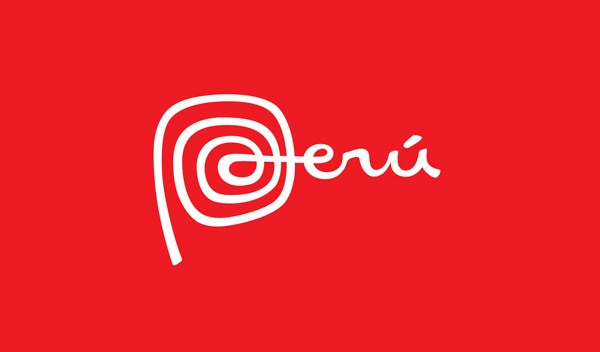Peruvian arabica production is on the rebound with the continued but slow abatement of leaf rust that affected some 30-40 percent of the country’s collective crop beginning in 2013, according to a new USDA report.
As part of its commodity trade research, the USDA annually provides fairly deep analysis of coffee markets in individual countries. Its report on Peru suggests the country’s producers, a vast majority of which are smallholders, are collectively expecting better yields this marketing year (April 2015 to March 2016) compared to the same period last year.
There are several factors, some positive and some negative, currently at play in Peruvian coffee. The country has a long history of quality, organic arabica production, primarily in three growing regions on the eastern slope of the Andes mountains: Chanchamayo in the central highlands, and Amazonas and San Martín, in the northern highlands. The USDA notes a gradual shift in production northward from Chanchamayo to Amazonas and San Martín, the latter two regions now producing nearly half of the country’s coffee.
The United States and Germany remain the two biggest buyers of Peruvian coffee, representing nearly half of the export market share, while another important buyer is Colombia, which is known to buy Peruvian coffee and repackage it for re-export.

A Peruvian organic coffee sign. Creative Commons photo by Shared Interest.
Peruvian coffee is almost exlusively arabica, with some 70 percent being of the typica variety, 20 percent caturra, and 10 percent other varieties. The vast majority of these coffees are grown by smallholder farmers in high-altitude locations in naturally shade-protected conditions, where it is typically hand-picked and sun-dried. Given these circumstances, Peruvian coffee has boundless potential for quality improvement and differentiation in the global marketplace, although there are a number of critical factors limiting positive momentum. Let’s start with the good news, or at least the not bad news:
The Not Bad News
- The USDA is forecasting total coffee production in Peru at 4.2 million bags, a 4 percent increase over the 2014/15 year, and a 30 percent increase over the 2013/14 year, during which some 30 to 40 percent of the country’s coffee crop was affected by leaf rust.
- Harvested area is forecast at 350,000 hectares, a 20,000-hectare increase over 2013/14. Part of this increase is due to government incentives, through the country’s agriculture agency DEVIDA, for smallholders to plant coffee as an alternative to coca leaf production. While coffee is grown largely in remote, impoverished areas of Peru, the USDA estimates that it generates some 855,000 jobs.
- While it remains relatively low compared to levels in neighboring Colombia and Brazil, domestic consumption of whole bean (non-soluble) coffee has doubled in the past five years, with the USDA estimating that some 160,000 bags of Peruvian coffee will reach the domestic market this year.
- With some 90,000 certified organic hectares, Peru remains the world’s leading exporter of organic coffee. (See the “Not Good News” for more on this.)
- Export prices for Peruvian coffee averaged $4,030 per metric ton in calendar year 2014, a remarkable 38 percent higher than in CY 2013.
- The USDA says foreign demand for specialty coffee has caused more farmers to seek out specialized certifications.
- As of December 2014, some 24,000 hectares of coffee land in Peru have been renewed through a four-year, $70 million program established by the Ministry of Agriculture and Irrigation in 2013. Funds are being channeled through the country’s AgroBanco, and loans are to be repaid in eight years at a 10 percent interest rate. Says the USDA, “While some farmers are questioning the credit terms, these are understood to be better than what the country’s private banking sector is currently offering,”
- In association with the program mentioned above, the Peruvian Government has prioritized international coffee promotion, particularly promotion of organic coffees, through organizations such as PromoPeru.
The Not Good News
- Despite the government-led loan program, many producers still have poor access to credit, as Peru’s private banks refuse to accept untitled land as loan collateral. The USDA suggests this factor results in smallholders being burdened by poor fixed price contracts or high interest rates from lenders.
- Many Peruvian producers remain unable to replace aging or rust-affected coffee plants, which the USDA estimates costs $3,000 per hectare.
- While Peru remains a leading producer of organic coffee, it is not necessarily a question of choice. The USDA reports that many smallholders produce organic, shade-grown coffee simply because they do not have access or capital for fertilizers, pesticides and herbicides. This explains how the most recent incidence of leaf rust was able to spread so wildly throughout Peru.
Nick Brown
Nick Brown is the editor of Daily Coffee News by Roast Magazine.







Comment